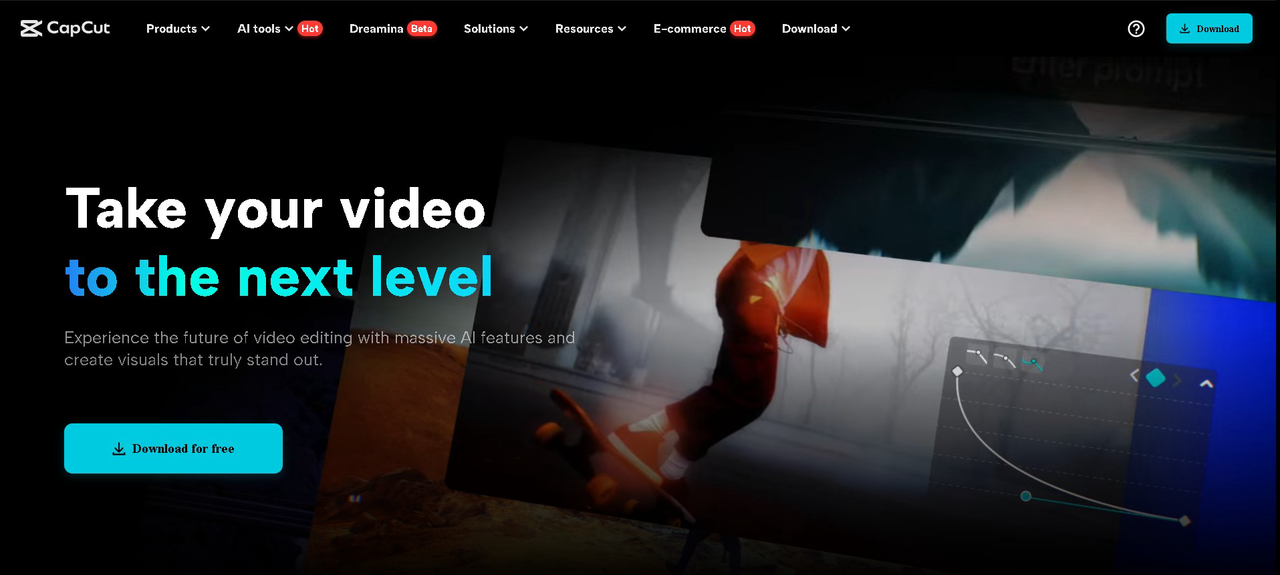Many people love nature. They enjoy learning about forests, oceans, animals, and plants. But not everyone feels confident speaking in front of a camera. Some people are shy or just don’t want to show their face or use their own voice. If you’re one of them, don’t worry. You can still make amazing videos that teach others about nature.
Thanks to new tools and apps, you can now make great nature videos without ever talking or showing your face. You just need to plan your content, use pictures or videos, and add voice using a tool like
text to speech. This lets you type your words, and the software speaks them for you in a clear and natural voice.
Why Make Faceless and Voiceless Nature Videos?
There are many good reasons to make videos without showing yourself. First, it helps you stay private. You don’t need to worry about how you look or sound. This is great for people who feel nervous or shy. Second, it lets you focus on the beauty of nature. Viewers can fully enjoy the visuals and sounds of birds, trees, rivers, or wild animals.
Also, you can speak to many people at once, no matter where they are from. Tools like text-to-speech let you pick different voices, so you can choose one that matches your topic. You can even use different languages if you want to reach a wider audience.
Tools You Need to Get Started
You don’t need a big studio to make nature videos. A few simple tools are enough:
-
A mobile phone or camera to record videos or take photos.
-
Free footage from stock websites (like Pexels or Pixabay).
-
Sounds from nature like birds chirping or water flowing.
-
A good video editor like CapCut.
-
A script — this is the message or story you want to share.
If you want to make your process easier, try using an
AI video generator. This tool can help you create videos using just your text. You type what you want to say, and it picks images, footage, and even voices for you. It’s fast and smart, great for beginners or busy people.
What to Say in Your Nature Video
Writing a good script is very important. Your video needs to be clear, simple, and interesting. Keep your sentences short and easy to understand. For example, if you are talking about honeybees, you could say:
“Bees help plants grow. They carry pollen from one flower to another.”
Try to use fun facts, short stories, or surprising things about nature. This keeps viewers curious and excited. Make sure to use warm and friendly words. You don’t need to sound like a science teacher. Just explain things like you are talking to a friend.
Let Pictures and Sounds Do the Talking
When you are not showing your face or using your own voice, pictures and sounds become very important. Try to use beautiful video clips or photos that match your story. You can show animals in action, rivers flowing, leaves moving in the wind, or clouds in the sky.
Also, don’t forget background music or natural sounds. A soft forest sound or ocean wave can make your video feel peaceful and real. These small touches help people enjoy your video more and stay longer.
How to Add Text-to-Speech in CapCut (3 Easy Steps)
CapCut is a free and easy-to-use video editor. You can use it to make professional-looking nature videos. Here’s how you can add voice using CapCut:
Step 1: Import Video
Open CapCut desktop editor. Start a “New Project.” Add your nature videos or photos by dragging them into the timeline.
Step 2: Convert Text to Speech
Click on “Text” and then “Add Text.” Type your script. After that, right-click the text box and select “Text-to-Speech.” Choose a voice you like — male or female — and adjust the speed.
Step 3: Export Video
Once your video is ready, click on “Export.” Choose high quality (like 1080p) and save it to your computer.
Make Your Voice Sound Better with a Tool
Sometimes, you may want the voice in your video to sound different. Maybe you want it to sound more exciting or softer. In this case, you can use a
voice changer. This tool lets you change the pitch, tone, or even the style of the voice.
For example, if you are talking about deep oceans, a calm and slow voice may work better. If it’s about cheerful birds or monkeys, a fun and light voice is perfect. Voice changers help make the video feel just right for the topic you are teaching.
Tips to Get More Views and Likes
After you finish your video, you should upload it to social media or YouTube. But don’t just post it and leave. Add a good title, description, and tags like “wildlife,” “nature facts,” or “educational videos.” Ask viewers to comment or share.
You can also ask fun questions in your captions like, “What’s your favorite forest animal?” or “Have you ever seen a hummingbird?” This will help you connect with your viewers.
Another good tip is to keep posting. If you upload one video every week, people will start to follow and wait for your new content.
Final Thoughts
You don’t need to be on camera or use your real voice to make amazing nature videos. All you need is a good idea, some beautiful pictures or videos, and the right tools. With text to speech, AI video generator, and voice changer, you can make high-quality, educational videos that inspire and teach others about the wonders of nature.
So, don’t wait. Start creating today, and let your passion for nature reach people around the world — all without ever showing your face or speaking a word!










